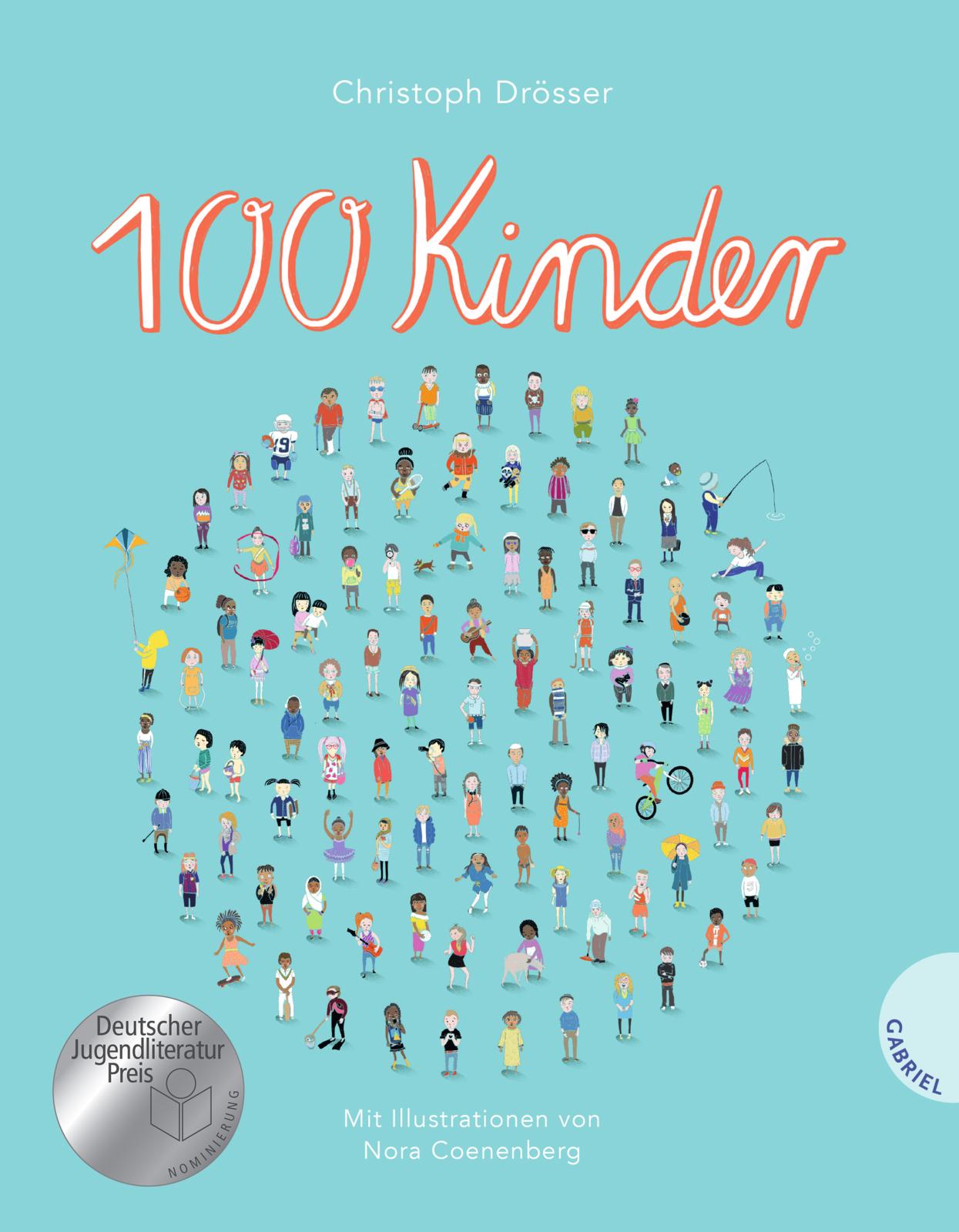„This book shows perfectly that our world is not fair for everybody.“
Jury of the German Youth Literature Award 2021
“(This book) provides thought-provoking impulses for understanding the world.”
Die ZEIT, Klaus Humann
“An interesting journey of discovering through the living environments of children.”
Hamburger Abendblatt
"Would you believe about a quarter of all living people are under 15 years old! What do we really know about their life, their habits? Christoph Drösser presents precisely these questions in ‘100 Children’ and answers them both cleverly and impressively [...]. A thought experiment, but also a convincing reference book about the current lives of children worldwide.”
Süddeutsche Zeitung
"In these times where we are preoccupied with concerns for the future, it feels good to shift our attention to the two billion people who are our future: children. What do we know about them? How are they distributed around the globe? And what living conditions characterise their everyday lives? [...] Drösser’s easily readable but moving texts addressed directly to children provide an explanatory summary. Alongside this, Coenenberg’s drawings and infographics, and especially the variety of illustrations with figures, offer an immediately understandable visual aspect.”
German Youth Literature Award
A close look at our world – a thought experiment shows children how other children live all around the world
There are about two billion children in the world and they all lead different lives. But is rather difficult to imagine a number as abstract as “two billion” as a number of real children. It is easier if this huge number of children is reduced to just 100 in a thought experiment.
Then we would have 59 children from Asia, 22 from Africa, 9 from Latin America and the Caribbean, only 6 from Europe and just 4 from North America. 16 children would not be able to go to school. 10 children would have to engage in child labour, 8 in farming, 1 in industry and 1 in services. 5 of these 10 children would do dangerous work. 2 children would be overweight. 33 children would have a dog and only 5 children would have Lego pieces to play with.
This thought experiment shows children demonstratively what everyday life is like for children around the world. Questions on topics such as poverty, education, media, health, safety and religion are touched on:
How many children have a school run that takes longer than an hour? How many children are ill? How many children are underweight? How many need to wear glasses? How many live in a slum, how many are homeless? And how many children do not have any shoes? Do all children actually have access to running water? How many children get pocket money? How many have a mobile phone? How many children live in a country at war? How many have fled? How many children are married? Where do most children actually live? What religion do they belong to?
These and many questions are answered in this volume. Reduced to a single village of 100 children, it becomes evident how differently children all around the world live and how varied the issues are that they must face every day either consciously or subconsciously.
Nora Coenenberg illustrates the facts in a way that is easy to follow in an infographics style.
